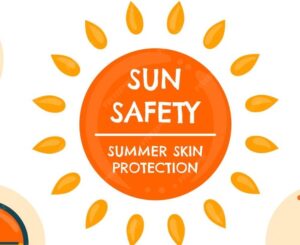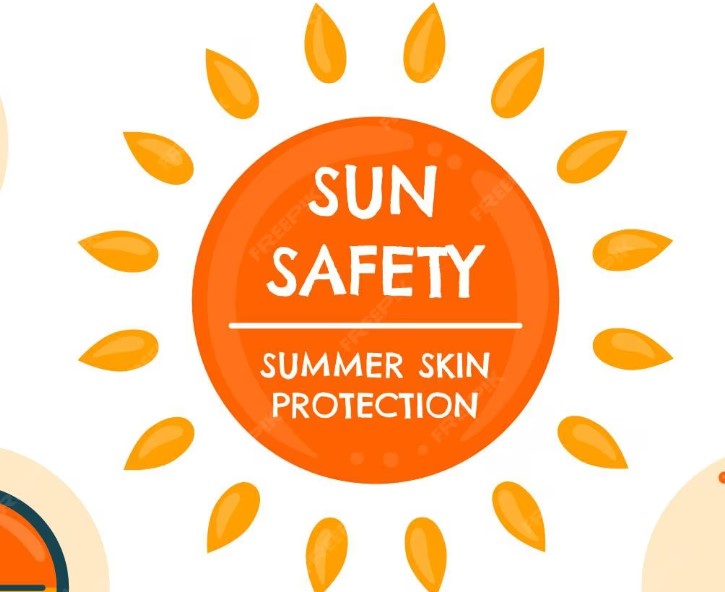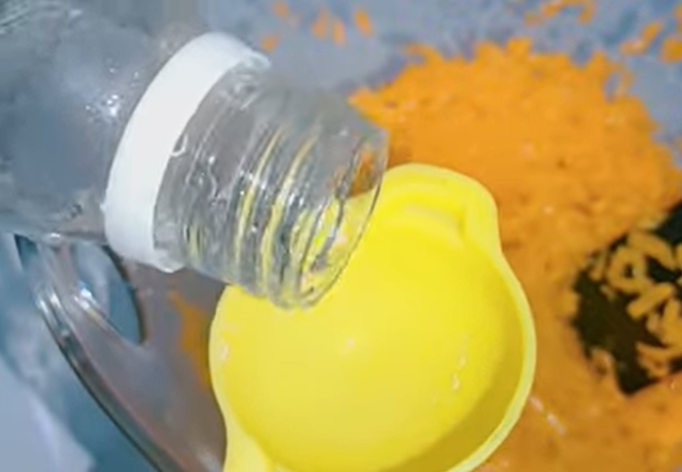Sunscreen and Sun Protection
What are Sunscreen and Sun Protection?
Sunscreen and sun protection are essential for safeguarding your skin from the harmful effects of ultraviolet (UV) radiation emitted by the sun. Prolonged exposure to UV rays can lead to various skin issues, including sunburn, premature ageing, skin damage, and an increased risk of skin cancer. Sunscreen and other sun protection measures play a crucial role in minimizing these risks and maintaining healthy skin.
How does the sun affect the skin?
When the skin is exposed to the sun, it receives UV radiation, which consists of UVA and UVB rays. UVA rays penetrate deep into the skin and contribute to premature ageing, wrinkles, and skin cancer. UVB rays affect the superficial layers of the skin, causing sunburn and increasing the risk of skin cancer.
What is sunscreen?
Sunscreen is a topical product that contains ingredients designed to absorb or reflect UV radiation. It forms a protective barrier on the skin’s surface and helps reduce the UV rays that penetrate the skin. Sunscreens are available in various forms, such as lotions, creams, gels, sprays, and sticks.

How does sunscreen work?
Sunscreen contains active ingredients that act as filters against UV radiation. There are two main types of sunscreen based on the way they work:
- Chemical sunscreens: These sunscreens contain organic compounds that absorb UV rays and convert them into heat, which is then released from the skin. Ordinary chemical filters include avobenzone, octinoxate, and oxybenzone.
- Physical sunscreens: These sunscreens contain mineral compounds, such as titanium dioxide and zinc oxide, which create a physical barrier on the skin’s surface. They reflect and scatter UV rays away from the skin.
Sun Protection Factor (SPF):
SPF measures a sunscreen’s ability to protect the skin from UVB radiation. It indicates how long it would take for UVB rays to cause sunburn compared to unprotected skin. For example, if your skin typically burns after 10 minutes of sun exposure, an SPF 30 sunscreen would provide 30 times that protection (10 minutes x 30 = 300 minutes). However, it’s important to note that SPF only indicates protection against UVB rays, not UVA.
Broad-spectrum sunscreen:
Choosing a sunscreen labelled as “broad-spectrum” is advisable since it indicates protection against both UVA and UVB rays. Broad-spectrum sunscreens offer more comprehensive sun protection and help prevent sunburn and skin damage.
Sunscreen application:
To ensure optimal protection, follow these guidelines:
-
- Apply sunscreen generously to all exposed skin at least 15-30 minutes before sun exposure.
- Reapply every two hours or immediately after swimming or excessive sweating.
- Use a lip balm with SPF to protect your lips.
- Apply sunscreen even on cloudy days, as UV rays can penetrate clouds.
Other sun protection measures:
Sunscreen should be used in conjunction with other sun protection methods, including:
-
- We seek shade, especially during peak sun hours (10 am to 4 pm).
- They wore protective clothing, such as long-sleeved shirts, pants, wide-brimmed hats, and sunglasses with UV protection.
- They avoid tanning beds and sunlamps, as they emit harmful UV radiation.
Sunscreen for different skin types:
Sunscreen formulations are available for various skin types, including sensitive skin, acne-prone skin, and oily skin. Look for sunscreens labelled as “non-comedogenic” or “oil-free” if you have oily or acne-prone skin. Mineral-based sunscreens are generally well-tolerated by sensitive skin.
Sunscreen and water resistance:
If you spend time in the water or sweating heavily, consider using a water-resistant sunscreen. Water-resistant sunscreens protect for a specific duration (usually 40 or 80 minutes) while swimming or sweating, after which reapplication is necessary.
Sunscreen and children:
Children have delicate and sensitive skin, making sun protection even more critical. It is recommended to use sunscreen on children six months and older. Choose sunscreens specifically formulated for children and opt for higher SPFs. Additionally, encourage children to wear protective clothing, hats, and sunglasses.
Sunscreen expiration:
Sunscreens typically have a shelf life of three years. Check the expiration date on the product and discard any expired sunscreen. If there is no expiration date listed, replacing your sunscreen annually is generally recommended.
Sunscreen and vitamin D:
While it’s essential to protect your skin from the sun, sunlight is also a crucial source of vitamin D. If you’re concerned about getting enough vitamin D, consider spending brief periods in the sun before applying sunscreen or obtaining vitamin D from dietary sources like fatty fish, fortified dairy products, or supplements. Consult with a healthcare professional for personalized advice.
Sunscreen and skin cancer prevention:
Regular and proper use of sunscreen and other sun protection measures is an essential step in reducing the risk of skin cancer. However, it’s important to note that sunscreen alone cannot provide complete protection. It should be combined with other preventive measures such as seeking shade, wearing protective clothing, and avoiding excessive sun exposure.
Choosing the right sunscreen:
With numerous sunscreen options, selecting the most suitable one can be overwhelming. Consider your skin type, specific concerns or sensitivities, and personal preferences. Look for broad-spectrum products with an appropriate SPF level for your needs. Consider consulting with a dermatologist for recommendations.
Sunscreen and sun protection are not only for sunny days at the beach. UV radiation can still harm your skin on cloudy or overcast days and during winter months. Make sunscreen and sun protection a part of your daily skincare routine to maintain healthy, protected skin throughout the year.





